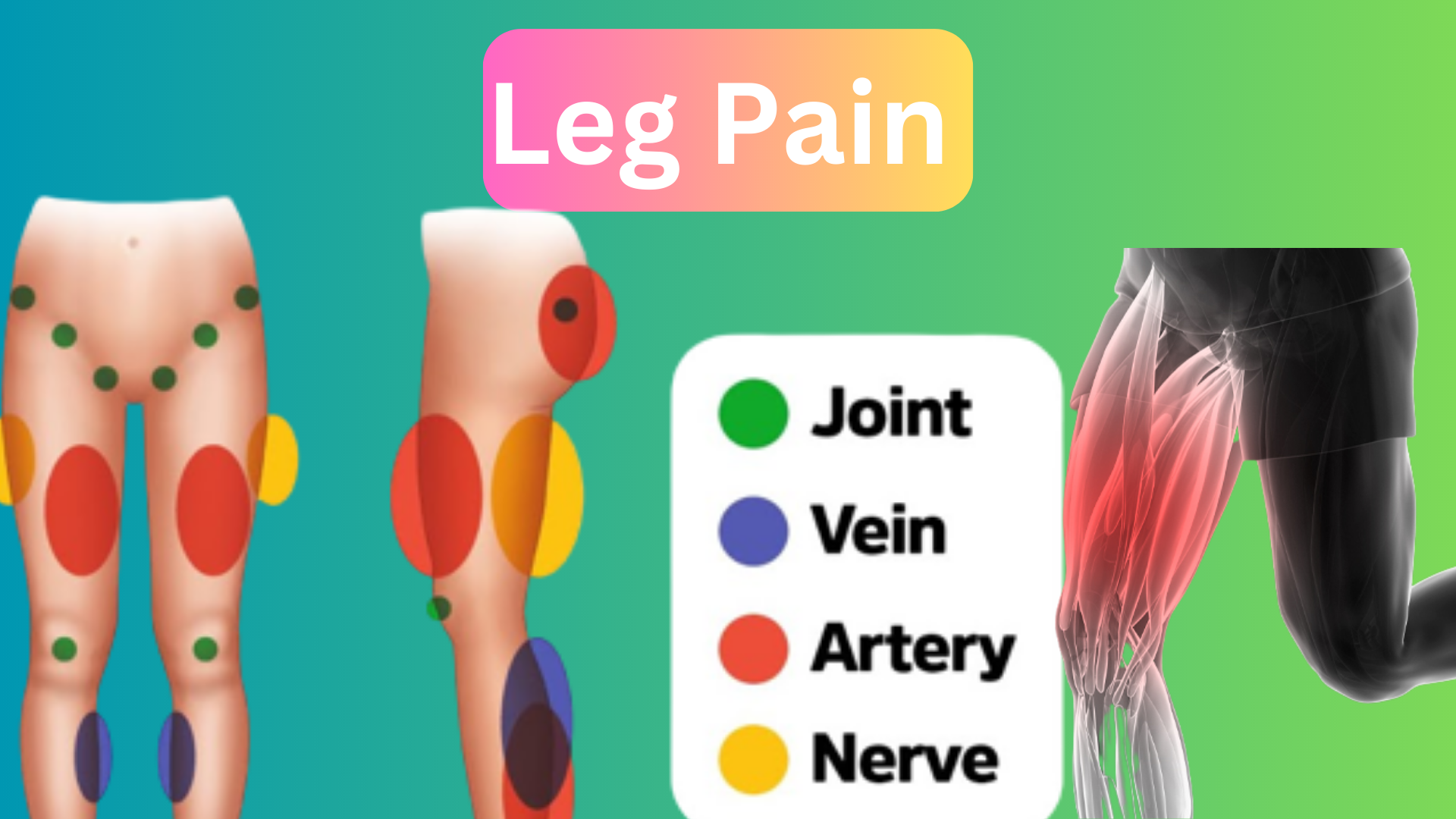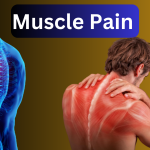Leg discomfort is a symptom that could have a variety of causes. The majority of leg pain is caused by misuse or wear and tear. Injuries or medical disorders to the joints (Joint Pain), bones, muscles, ligaments, tendons, nerves, or other soft tissues may also cause it. You can link certain types of leg pain to issues with your lower spine.
Symptoms of Leg Pain
Leg pain may only affect a small portion of the leg, or it may spread to include the entire leg. The discomfort may be subtle or acute (Acute Pain), burning, tingling, or numb.
Also, your foot, lower back (Lower Back Pain), or spine, as well as your thighs (Thigh Pain) could hurt. Make a note of whether one leg differs from the other or if both legs appear to be the same.
Other symptoms of leg pain include:
Varicose vein swelling, sores or ulcers, redness, swelling, or warmth, feeling generally ill, changes in the color of the leg or feet, or symptoms of an infection or fracture.
What Are the Causes of Leg Pain
Some typical reasons for sore legs are listed below.
- When the muscles suddenly narrow, which is called a cramp. Usually felt in the calf (Calf Pain), the discomfort will subside on its own quite shortly.
- Sprains and strains of the muscles (Muscle Pain). You can experience severe pain in the leg along with a muscular spasm, edema, or difficulty moving the limb.
- A bruise, bump, or other minor injury may have redness, swelling, or pigmentation at the site of the injury.
- Fracture: A bone (Bone Pain) break or crack can also result in bruising, edema, deformity, and loss of leg movement or strength.
- Infection: The area may also be red, puffy, and heated due to ulcers, infected wounds, or bubbles. You can feel generally ill and have a temperature.
Leg Pain at Night
Do you frequently have leg pain at night that keeps you up? It might be more than just a typical sign of aging. Peripheral artery disease (PAD) is frequently characterized by pain in the legs and feet during the night or while attempting to fall asleep.
Coronary artery disease Leg discomfort can happen anywhere on your leg, but the calf, thigh, and buttock muscles are the most frequently affected areas. The level of pain might vary from modest to the point where you can hardly move more than a few feet.
A progressive illness, PAD. Some people only experience discomfort throughout the day. Others experience pain while they sleep or at night.
Best Treatment for Leg Pain
The reason for leg discomfort affects the course of treatment. Leg aches and pains are frequently treatable at home, but if they are sudden (Acute Pain), severe, or chronic (Chronic Pain), or if additional symptoms show up medical attention may be required.
Use the RICER technique if causes sudden pain:
- Rest: Keep the leg still.
- Ice: Use a covered icepack or bag of frozen peas to apply an icepack to the hurting area for 15-20 minutes at a time. For two to three days, repeat every two to four hours.
- Compression: Firmly bandage the region to apply compression.
- Elevating: Maintain the leg above the hip when elevating.
- Referral: Have your doctor examine the wound.
Simple pain relievers like Pain O Soma 500mg and anti-inflammatory medication like ibuprofen 400mg and ibuprofen 200mg are both acceptable to treat these types of pain.
Stretching your muscles gently can help if you have cramps. The same is true for a variety of different leg pain conditions.
Just getting up and moving about should make you feel better if you have nerve-pain-related leg pain.
Why do my legs ache in bed?
Leg cramps, muscle or tendon inflammation, bone fracture, blood clots (such as deep vein thrombosis [DVT]), varicose veins, peripheral artery disease (PAD), peripheral neuropathy, pregnancy, gout, and inflammatory arthritis are a few common reasons of lower leg pain at night.
When should I be concerned about leg pain?
If you have any of the following: Infection-related symptoms including redness, warmth, or discomfort; or a temperature of more than 100 F (37.8 C). a colder, paler, or swollen-looking leg.
What are the first signs of a blood clot in the leg?
Throbbing pain when walking or standing up in one leg (occasionally both legs), typically in the calf or thigh. Warm skin surrounding the sore area, swelling in one leg (occasionally both legs).
How do I know if my leg pain is nerve or muscle?
Muscle discomfort is probably the cause if the pain starts after an accident and it is a dull aching.
You’re probably suffering from nerve pain if your discomfort seemed sudden or had been present for some time and felt like it was burning your skin. You should definitely call your doctor if you are in any form of pain.
What kind of leg pain comes and goes?
Leg pain that comes and goes is referred to by doctors as intermittent claudication. There are a number of probable causes of intermittent claudication, most of which are related to poor blood flow. But the cause might originate from either inside or outside the artery.
Can high blood pressure make your legs hurt?
Peripheral arterial disease (PAD), where blood channel tightening limits blood flow to the legs and feet and causes pain, can be brought on by high blood pressure.




1 Comment